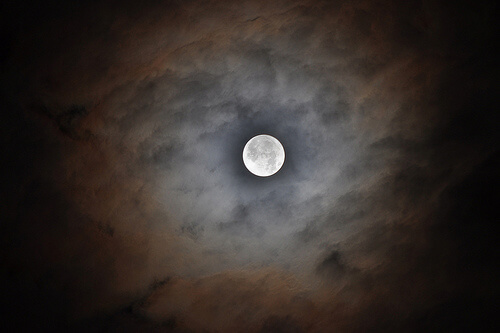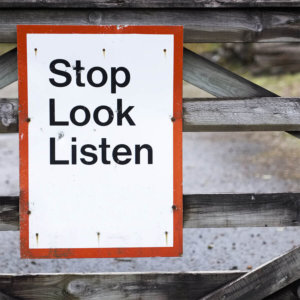
II Chronicles 3:14-16
Last night I lingered long under the glow of the “super moon”, wondering at its beautiful reflection of the sun’s radiance. That got me to thinking about the beauty of all creation as it reflects the beauty of the Creator. If the beauty of creation takes our breath away, then how much more the beauty of the Creator!
Hindsight leads me to amazement that in the theological classroom we did not wonder at God’s beauty or whisper of it. We talked a lot about the truth of what we believed but never truth’s twin sister, beauty. And the lack of attention to beauty had a way of showing up in our sermons, worship, music, and church buildings. Functional yes, but beautiful?
Imagine my surprise when plowing through the Book of II Chronicles and I read today’s text about God’s Temple in Jerusalem. I saw there that God revels in beauty. God loves beauty, not for some utilitarian purpose, but because God loves beauty. Note in the text that two decorative pillars were placed in front of the Temple that had no engineering significance, and supported nothing. Rather the two pillars were placed there to add beauty, draped with one hundred pomegranates crafted from precious stones and hanging from chains woven of gold. God who is beautiful calls for a human response shaped by beauty. He did not want merely a functional, utilitarian space where people gathered to “worship the LORD in the beauty of holiness” (Psalm 96:9).
Reading this text in II Chronicles prompted me to read the Bible with new eyes and to see beauty sprinkled generously throughout Scripture. Starting right on the first page of the Bible I saw that the first thing mentioned about the trees God placed in Eden was how God made them “pleasant to the eye” (Genesis 2:9). Yes, the trees were nutritional and “good for food”, but the Creator made them striking in their beauty.
What God does with matter and space He does with time, as God “has made everything beautiful in its time” (Ecclesiastes 3:11). Whatever other grand goals God accomplishes in time’s ebb and flow, He is making all of it beautiful.
In the matchless artistry of the Psalms David sings about the heavens telling forth the glory of God and daily proclaiming His handiwork (Psalm 19:1). David lived surrounded by the beauty of creation, music, and life, and made his top goal to daily “behold the beauty of the Lord” (Psalm 27:4).
In response to God’s incomparable beauty David longed to offer something beautiful to Him in return. David’s psalms are filled with musical and literary skill as well as calling for others to join him and to “play skillfully on the string” (Psalm 33:3). Good taste mattered to him. David’s aesthetic delight in God called forth in exquisite praise and thanks to God.
Old Testament theologian William A. Dryness in his paper, “Aesthetics in the Old Testament: Beauty in Context” discovers seven Hebrew word groups in the Old Testament that refer to beauty and the enjoyment of beauty. These Hebrew words, signifying various nuances of beauty, are translated in our English Bibles as:
- Glory
- Splendor
- Majesty
- Seemly
- Pleasant
- Suitable
- Lovely
- Fair
- Good
- Honor
- To Crown
- Desire
- To Delight In.
All these words express the Lord’s essential beauty He intends for us to enjoy, as well as His own enjoyment of beauty.
In 1970 Alexandr Solzhenitsyn was awarded the Nobel Prize for Literature. In his speech accepting the award Solzhenitsyn began with an enigmatic quotation from Dostoevsky: “Beauty will save the world”. Solzhenitsyn acknowledged that the phrase had long puzzled him, but that he had come to believe that it is beauty that will save the world.
I too am puzzled by Dostoevsky’s words, but wonder if he might be right. In a culture increasingly nihilistic, brutal, and ugly, beauty can be a powerful argument for God. He is beautiful and creates beautiful things to point us to Him. To stop and pay attention to the moon, to look at a flower’s intricate design, or to listen Handel’s Messiah, can heal and restore by drawing us toward the source of all beauty.
The little church I was raised in was built in simpler and poorer times, but those farmers and farmers’ wives were careful to add little touches of beauty. But most of all I remember my mother’s frequent offerings of beauty to the Lord in our church. She had the greenest thumb in the county, and most every Sunday she would get up early and go out into her gardens to enjoy the beauty for herself. Then she would cut some of her best roses, chrysanthemums, ranunculus, baby’s breath, and bells of Ireland, and make them into a fragrant bouquet of color. She would take the flowers to church and present them to God.
Such acts of beauty rebel against the hideousness of a culture that limps along as if there were no God. Beauty arrests our attention, wooing us and drawing us in, leaving us hungering and thirsting for still more: God.
Being made in the image of God you can create or enjoy something beautiful today. You can plant a flower. Light a candle for dinner. Write a song. Put on some music. Take a bouquet to the office. Go for a walk in nature. Play the stings with increasing skill. God revels in beauty and uses beauty to draw people to Him. Beauty just might save the world.
Grace and peace,
Tim
photo by Fitz Gerard Villafuerte



